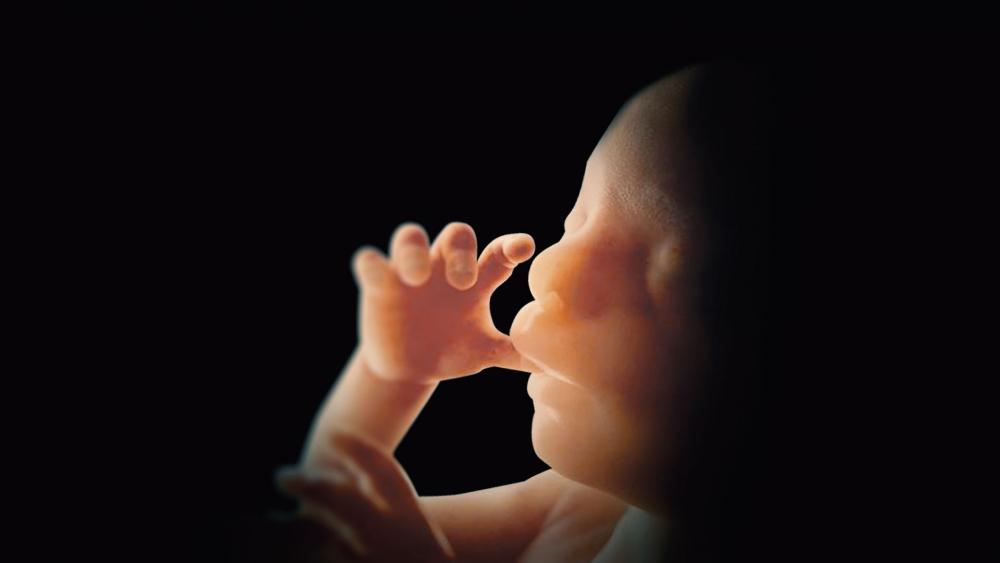By Mason Mohon, Phyllis Schlafly Eagles Intern
The Dobbs v. Jackson Women’s Health Organization decision announcement is on the horizon, and abortion has once again become a hot-button issue. Many who do not have a strong stance in one direction or the other are confronted with current events that demand they decide if they are for or against life. Much is obscure about abortion, for images of its gruesome reality are rarely published and often censored.
When confronted with different abortion timeframe laws, it is also difficult to understand what is going on. What is the difference between a six-week and six-month abortion allowance timeframe? Where does a heartbeat bill put abortion access on the developmental timeframe?
The development of new life in the womb is an extremely remarkable process, but many have not gone over it since grade school biology. It is therefore important to understand what exactly happens in these developmental stages so people can understand what is going on when an abortion is performed at two weeks, at four months, or in the third trimester.
At the moment of conception, as the egg is fertilized, new life is created. Though at this point the child is a single cell, they are composed of the combination of the mother’s and father’s DNA. They possess an entirely new genome, which has never been seen before, nor will it be seen again. This new unique DNA already has the script for how tall this child will grow, what their eye color will be, and whether their hair will be curly or straight. The DNA will even partially determine how the child will handle arguments throughout life, whether they would be more suited to architecture or writing, and whether or not they will like the taste of kale. Their one cell turns into two, and then four, and then eight, and so on, rapidly duplicating and quickly marching toward the fulfillment of this life path.
Over the course of the following week, the baby travels from the fallopian tube to the uterine wall. Their body is then composed of three layers of cells: the ectoderm, which is the start of the skin and nervous system, the endoderm, which is the start of the digestive and respiratory systems, and the mesoderm, which is the beginning of the muscle and skeletal systems.
Three weeks after conception, the embryonic period of the baby’s life begins. During the fourth week, the brain begins to develop. The forebrain, midbrain, and hindbrain are formed. The head also begins to form along with all of its familiar features: the eyes, nose, ears, and mouth.
When EMS arrives on the scene of an emergency situation, they will immediately check the heartbeat of the injured person. The heartbeat is mankind’s universal sign to know if life is continuing or not. At three weeks, the blood vessels of the child begin to beat on their own as they transform into a heart. This gives them the same detectable heartbeat as everyone else.
By the end of week eight, all of the organs (with the exception of the sex organs) are developed, and neurons that have formed migrate around the brain until they find the location that they are supposed to occupy. Rudimentary neural networks begin to form.
Week nine to birth is the fetal stage. During this period, neurons continue to form, and synapses also start forming which begins the neural networks. Between weeks nine and twelve, reflexes develop, and the fetus will reflexively move their arms and legs. By the end of month three, the sex organs differentiate and all organs of the body are formed.
This concludes the first trimester, and from this point until birth, development is primarily a matter of simply growing larger. The difference between the baby at this point and at birth is the same as the difference between a three-year-old and a six-year-old.
Months four through six sees the child grow in size by a factor of six, and all the organs continue to develop. The brain and central nervous system become increasingly responsive during this period. Fingernails, hair, and eyelashes start to form as well. At twenty-eight weeks, the rate at which the brain matures accelerates, and fetal brain activity is very similar to that of a sleeping newborn.
The third and final trimester prepares the child to experience the world outside the womb. The baby continues to grow, and the lungs begin to expand and contract to prepare the muscles for breathing.
Informing someone about what exactly is going on in the womb can be extremely impactful if someone is unaware. Abortion can often and easily be seen as a simple pregnancy termination, with little mind paid toward who is actually being terminated. An abortion at one week means the destruction of new, unique, and never-to-be-repeated individual DNA. An abortion after three weeks means there is one less beating heart on the Earth. An abortion at week eight ends neural pathways that think on their own.
Those that oppose abortion should equip themselves with these facts and commit them to memory. Shining light on these hidden facts about prenatal development gives a fuller picture of what abortion actually means, and it is therefore important for individuals to share this information with anyone against or indifferent to abortion restrictions.






